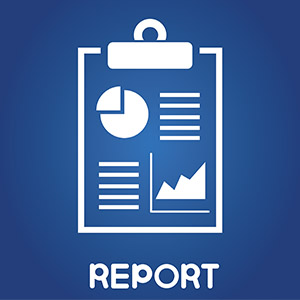A communication is in plain language if its wording, structure, and design are so clear that the intended audience can easily find what they need, understand what they find, and use that information. Source: International Plain Language Federation
When drafting a plain language text, there are 5 general areas to consider:
- Audience and purpose
- Structure
- Design
- Expression
- Evaluation
1. Audience and purpose
Start by considering what you want to achieve in writing a communication. If it succeeds, what will happen? How might you measure that?
Then you should think about:
- who your audience is – their age, profession, education, and skills
- what information they may already know and what they may need
- what they will want to achieve by reading your communication

Assessing your audience in this way will help you select the best mix of the following language and design elements to employ.
2. Structure
To select the right structure for a communication, ask yourself:
- What are the common structures used for this type of communication?
- What structures will readers be familiar with?
- What sequence will be logical and easy for readers to navigate?
For example, a procedure may be best organized in a chronological order, while a longer report may have a series of topic-based chapters.

Principles to apply as you refine your structure include:
- using summaries to present key information before the details
- dividing each section into roughly equal chunks
- considering some transitional text to link one section to the next
3. Design
Increasingly, the visual appearance of a communication is just as important as the structure and language. Here, there are 3 areas to consider:
- layout
- typography
- information graphics
Make sure that the layout and margins include plenty of white space as that helps to separate different parts of the text.
Use meaningful headings to help readers navigate.
Select a font and type size that will be easy to read.
Make sure there is plenty of contrast between the text and the background, and the spacing between lines and paragraphs is at least the same as the size of the type.
Also consider visual devices such as tables, diagrams, photos, charts, and bulleted lists to present information in an accessible and engaging form.
4. Expression
Finally, think about the wording. While some techniques will vary from language to language, key areas to consider include:
- Tone: use personal pronouns and write in a formal yet conversational style.
- Word choice: use the simplest word that conveys your meaning.
- Jargon: avoid jargon unless your reader is familiar with it, and if they are not, explain technical terms.
- Sentences: keep sentences between 15-20 words on average, with individual sentences no longer than 30-35 words.
- Verbs: in most cases, prefer the active voice rather than the passive. Write “I read this page” rather than “This page was read by me.”

Once you’ve written your information in plain language, the final step is to review whether your audience can understand and use the information they find.
5. Evaluation
Always evaluate whether your text is likely to succeed before you send it.
At a simple level, this may involve editing the communication against a standard or checklist, or having another person review it.
Wherever possible, carry out some user testing with your audience. This might be through surveys, interviews, or testing with people who are representative of your readers.
User testing may not always be necessary or cost effective, such as with an internal email. But it becomes more important for a document that has a wider audience, like a user manual.




